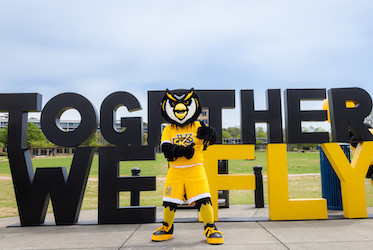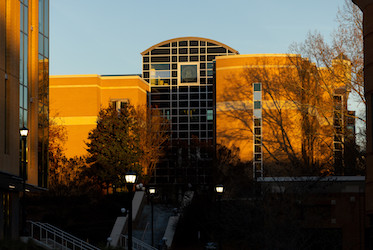
St Patrick's Day celebrations a big departure from humble origins
KENNESAW, Ga. | Mar 15, 2018
What started as a subdued religious homage to an Irish Catholic saint has evolved into an all-out, largely secular celebratory bash. The original celebrants might find as blarney or bang-on these modern-day trappings:
- Rivers that run green in cities like Chicago, Indianapolis and Jamestown, N.Y., and public fountains that continuously spew emerald-colored water in places like Savannah, Ga., Columbia, S.C., and even the north lawn of the White House;
- Parades — from simple processions to the lavishly staged — across the U.S., Europe, the Caribbean and anywhere Irish emigrants settled, including America’s second largest parade (in Boston);
- Beer flowing green at pubs everywhere, contributing to the designation of St. Patrick’s Day as the highest alcohol-consumption day of the year;
- Legal holidays in major American cities including Boston and Savannah;
- The wearing of green by people of all nationalities, ethnicities, races and faiths.
At its origins in Ireland, however, St. Patrick’s Day was not a raucous affair, says Bryan McGovern, a Kennesaw State associate professor of history and author of a series of books and articles about Irish-American history. In fact, he noted, it wasn’t even green. As a feast day in honor of the venerated Irish patron saint who used the shamrock to explain the Trinity of God, the celebration typically involved attending mass, a modest parade and a celebratory dinner of cabbage and bacon (not corned beef) at home. And celebrants were more likely to wear blue, the color then most associated with St. Patrick.
It wasn’t until after an Irish nationalist uprising in 1798, led primarily by Protestants, that the shamrock and its green color were adopted as nationalist symbols, McGovern explained. The nationalists, who called themselves United Irishmen, believed that associating these symbols with the feast of Saint Patrick gave the movement more popular appeal. They wore green as their uniforms.
The ensuing story of St. Patrick’s Day is closely correlated with the rise of Irish nationalism and the immigration of first Irish Protestants and later Catholics to North America, said McGovern, author of “John Mitchel: Irish Nationalist, Southern Secessionist,” and co-author of “The Fenians: Irish Rebellion in the North Atlantic World.”
McGovern cited a few additional developments that helped shape the widespread celebration of St. Patrick’s Day:
- After the failed 1798 uprising, a number of Irish Protestants fled to America, where they revived St. Patrick’s Day as a celebration of Irish culture with festivals and parades.
- It wasn’t until the 1830s that Irish Catholics emigrated to the U.S. in large numbers.
- The Great Famine of the 1840s (An Gorta Mor) resulted in the emigration of nearly 1 million Irish to the U.S.
- Irish Protestants began to identify as Scotch-Irish to distinguish themselves from the poorer Irish Catholics.
- With larger numbers of Catholics, St. Patrick’s Day in the U.S. became a celebration that promoted Irish culture, Catholicism and Irish nationalism. Irish nationalism became more Catholic and less Protestant in Ireland as well.
- Patrick’s Day is celebrated throughout the world, reflecting the mass emigration of the Irish to all parts of the world.
- As a result, more than 70 million people worldwide claim Irish ancestry, including Irish who emigrated freely or were sent by Oliver Cromwell as slaves to Montserrat, called the Emerald Isle of the Caribbean. St. Patrick’s Day is a legal holiday on the island.
For all its history, the celebration St. Patrick’s Day today is best associated with the joy, merriment and good wishes that typically come with it:
For each petal on the shamrock
This brings a wish your way-
Good health, good luck, and happiness
For today and every day.
Related Stories

Kennesaw State supporters exceed expectations during first Giving Day event

Kennesaw State partnership equips local entrepreneurs with tools for success

Kennesaw State researcher applies mathematical modeling expertise to health care systems

Kennesaw State departments collaborate on health-related website
A leader in innovative teaching and learning, Kennesaw State University offers undergraduate, graduate and doctoral degrees to its more than 45,000 students. Kennesaw State is a member of the University System of Georgia with 11 academic colleges. The university’s vibrant campus culture, diverse population, strong global ties and entrepreneurial spirit draw students from throughout the country and the world. Kennesaw State is a Carnegie-designated doctoral research institution (R2), placing it among an elite group of only 7 percent of U.S. colleges and universities with an R1 or R2 status. For more information, visit kennesaw.edu.














